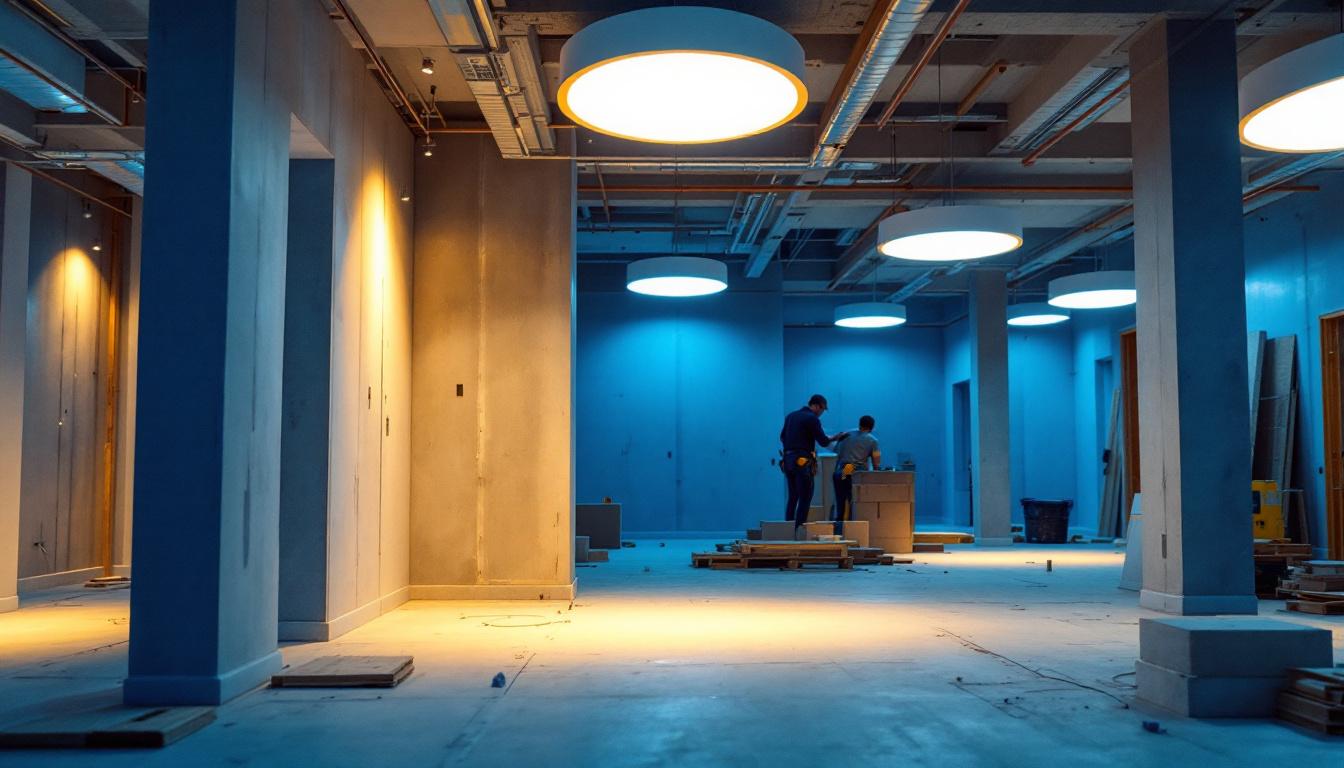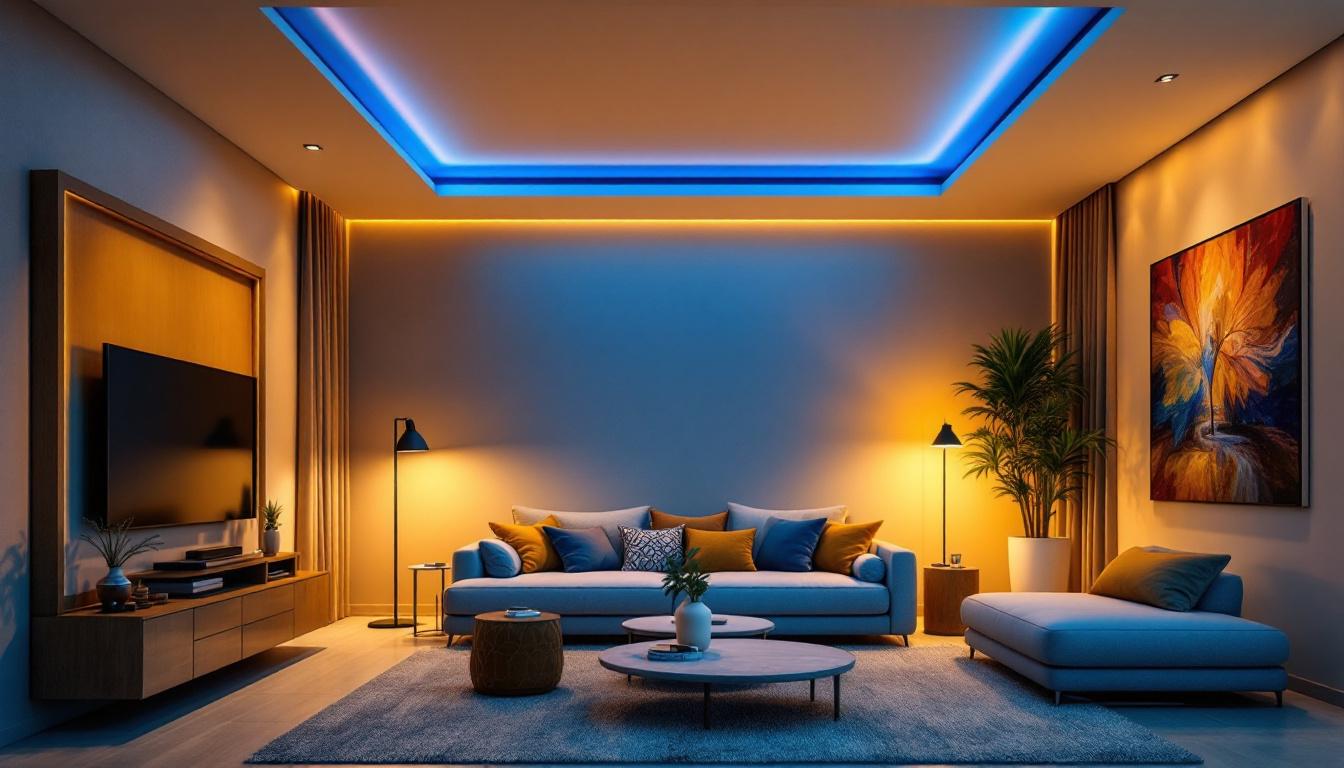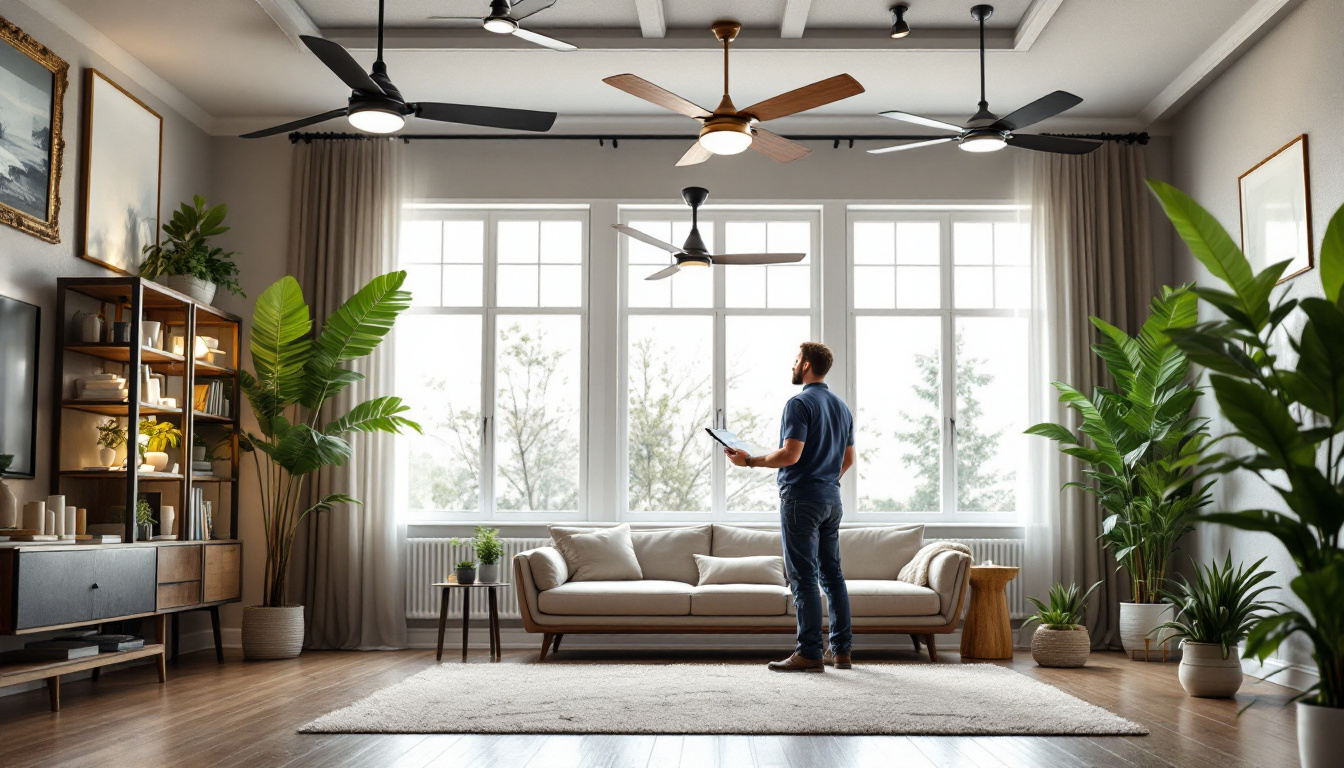
In the world of lighting, understanding the various types of light bulbs is essential for contractors aiming to deliver optimal solutions for their clients. Among the myriad of options available, Type A light bulbs stand out as one of the most commonly used types. This guide will delve into the specifics of Type A light bulbs, their applications, benefits, and considerations for lighting contractors.
Type A light bulbs are characterized by their standard shape and size, making them a staple in residential and commercial lighting. The “A” designation refers to the bulb’s shape, which is typically pear-shaped and designed to fit into a variety of fixtures.
These bulbs are available in various wattages and technologies, including incandescent, compact fluorescent (CFL), and light-emitting diode (LED). Each technology offers unique benefits, making it crucial for contractors to understand the distinctions when recommending solutions to clients.
The Type A bulb’s shape is designed for versatility. With a diameter of approximately 2.375 inches at its widest point, it fits into standard light fixtures, such as table lamps, ceiling fixtures, and wall sconces. This compatibility is a significant reason for its widespread use.
In addition to the standard size, Type A bulbs can also be found in various lengths, which allows for flexibility in different lighting applications. For instance, a longer Type A bulb can provide more light output, making it suitable for larger spaces. Furthermore, the design of Type A bulbs often includes a frosted or clear finish, which can influence the quality of light emitted. Frosted bulbs tend to diffuse light more evenly, reducing harsh shadows, while clear bulbs provide a more focused beam, ideal for accent lighting.
Type A bulbs come in several technologies, each with distinct characteristics:
When selecting the appropriate Type A bulb technology, it is essential to consider the intended use and environment. For example, in spaces where lighting is frequently turned on and off, such as in kitchens or hallways, LED bulbs are often the best choice due to their durability and instant illumination. In contrast, for settings that benefit from a warm ambiance, such as living rooms or dining areas, incandescent bulbs may still be favored despite their lower energy efficiency. Additionally, advancements in LED technology have led to the development of dimmable options, providing even greater versatility in creating the desired atmosphere.
Moreover, the environmental impact of each bulb type cannot be overlooked. Incandescent bulbs have a shorter lifespan and consume more energy, leading to higher carbon footprints over time. CFLs contain small amounts of mercury, necessitating careful disposal, while LEDs are free from hazardous materials and are recyclable, making them a more sustainable choice. As consumers become increasingly aware of their ecological footprint, the shift towards more energy-efficient lighting solutions continues to gain momentum.
Type A light bulbs are incredibly versatile and can be used in a variety of settings. Their adaptability makes them a go-to choice for many lighting projects.
In residential settings, Type A bulbs are commonly found in living rooms, bedrooms, kitchens, and bathrooms. Their warm light creates a cozy atmosphere, making them ideal for spaces where comfort is key.
Contractors often recommend Type A bulbs for table lamps and floor lamps, as their shape and size fit seamlessly into these fixtures. Additionally, they are suitable for use in ceiling fixtures, providing general ambient lighting throughout the home.
Moreover, Type A bulbs can also be utilized in decorative lighting applications, such as chandeliers and pendant lights, where they can enhance the aesthetic appeal of a space. Their ability to be dimmed allows homeowners to adjust the brightness to match different moods or activities, from intimate dinners to lively gatherings. Furthermore, with the advent of smart lighting technology, Type A bulbs can now be integrated into home automation systems, allowing for remote control and scheduling, which adds convenience and energy efficiency to everyday living.
In commercial environments, Type A bulbs are frequently used in offices, retail spaces, and restaurants. Their ability to provide consistent and reliable lighting makes them a popular choice for these applications.
Contractors may find that Type A bulbs are particularly effective in creating inviting atmospheres in customer-facing areas. For instance, a restaurant may use warm white Type A LEDs to enhance the dining experience, while an office could opt for cooler temperatures to promote productivity.
Additionally, in retail settings, the strategic placement of Type A bulbs can highlight merchandise and create an engaging shopping experience. The right lighting can draw attention to specific displays, making products more appealing to customers. In offices, the use of Type A bulbs can also contribute to employee well-being, as proper lighting has been shown to reduce eye strain and improve focus. With the growing emphasis on sustainability, many businesses are now transitioning to energy-efficient LED versions of Type A bulbs, which not only lower energy costs but also align with eco-friendly practices that are increasingly important to consumers and employees alike.
Choosing Type A light bulbs offers several advantages for both contractors and their clients. Understanding these benefits can help contractors make informed recommendations.
One of the primary benefits of Type A bulbs, especially in LED form, is their energy efficiency. LED Type A bulbs consume significantly less electricity than their incandescent counterparts, leading to lower energy bills.
For contractors, promoting energy-efficient lighting solutions can also enhance their reputation as environmentally conscious professionals. Clients are increasingly looking for ways to reduce their carbon footprint, and recommending LED Type A bulbs can address this concern effectively.
Type A LEDs boast an impressive lifespan, often lasting up to 25,000 hours or more. This longevity reduces the frequency of replacements, which is a significant advantage for both contractors and clients.
In commercial settings, the reduced need for bulb changes translates to lower maintenance costs and less disruption to business operations. For residential clients, it means less hassle and more convenience.
While Type A light bulbs offer numerous benefits, there are several considerations that contractors should keep in mind when recommending these products to clients.
Color temperature is a crucial factor in lighting design. Type A bulbs are available in various color temperatures, typically measured in Kelvin (K). Understanding these options can help contractors guide clients in selecting the right ambiance for their spaces.
For instance, a warm white light (around 2700K) creates a cozy atmosphere, making it suitable for residential living areas. In contrast, a cool white light (around 4000K) is often preferred for workspaces, as it promotes alertness and focus.
Brightness is another essential consideration. The lumen output of a Type A bulb indicates how much light it emits. When recommending bulbs, contractors should assess the specific lighting needs of each space.
For example, a reading nook may require a higher lumen output for adequate illumination, while a hallway may only need a softer glow. Understanding the relationship between wattage and lumens can help contractors make informed choices.
Proper installation is key to ensuring that Type A light bulbs perform optimally. Here are some tips for contractors to consider during the installation process.
Before installation, it is essential to check the compatibility of the Type A bulb with the fixture. Ensure that the wattage and base type match the specifications of the fixture to avoid any issues.
Using a bulb that exceeds the fixture’s wattage rating can lead to overheating and potential fire hazards, so this step is crucial for safety.
When installing Type A bulbs, ensure they are securely fitted in the socket. A loose connection can lead to flickering or intermittent lighting, which may frustrate clients.
Additionally, contractors should advise clients on the importance of turning off the power before changing bulbs to prevent electrical shock.
The lighting industry is continually evolving, and Type A bulbs are no exception. Staying informed about future trends can help contractors remain competitive and provide cutting-edge solutions to clients.
One of the most significant trends in lighting is the integration of smart technology. Smart Type A bulbs allow users to control their lighting through mobile apps or voice-activated devices, offering convenience and customization.
Contractors should consider recommending smart Type A bulbs to clients interested in modernizing their homes or businesses. This integration can enhance the overall lighting experience and provide added functionality.
As sustainability becomes a more pressing concern, the demand for eco-friendly lighting solutions is on the rise. Type A LEDs are already a step in the right direction, but future innovations may focus on even more sustainable materials and manufacturing processes.
Contractors who prioritize sustainability in their recommendations can appeal to environmentally conscious clients and position themselves as leaders in the industry.
Type A light bulbs are a versatile and essential component of lighting design, offering numerous benefits for both contractors and clients. Understanding their characteristics, applications, and advantages can help lighting contractors make informed decisions and provide optimal solutions.
As the industry continues to evolve, staying abreast of trends such as smart technology and sustainability initiatives will ensure that contractors remain competitive and relevant. By mastering the intricacies of Type A light bulbs, contractors can enhance their expertise and better serve their clients, ultimately leading to successful lighting projects.
Ready to elevate your lighting projects with the highest quality Type A bulbs and other spec-grade lighting products? Look no further than LumenWholesale. We provide contractors with exceptional lighting solutions at wholesale prices that simply can’t be beaten. Say goodbye to local distributor markups and hello to our extensive selection that meets rigorous industry standards. With free shipping on bulk orders, you can trust that you’re getting premium lighting at the best value — all with the convenience you deserve. Don’t compromise on quality or price. Visit LumenWholesale today and experience the ultimate in lighting excellence for your next project.

Discover essential tips and common pitfalls to avoid in the lighting industry with our comprehensive guide for contractors.

Discover the key considerations and expert tips for installing recessed lighting in new construction projects.

Explore the pros and cons of ceiling recessed lighting compared to other options, and discover expert insights on what lighting contractors should choose for optimal design and functionality..

Discover the ultimate guide to ceiling fan sizes tailored for lighting contractors.